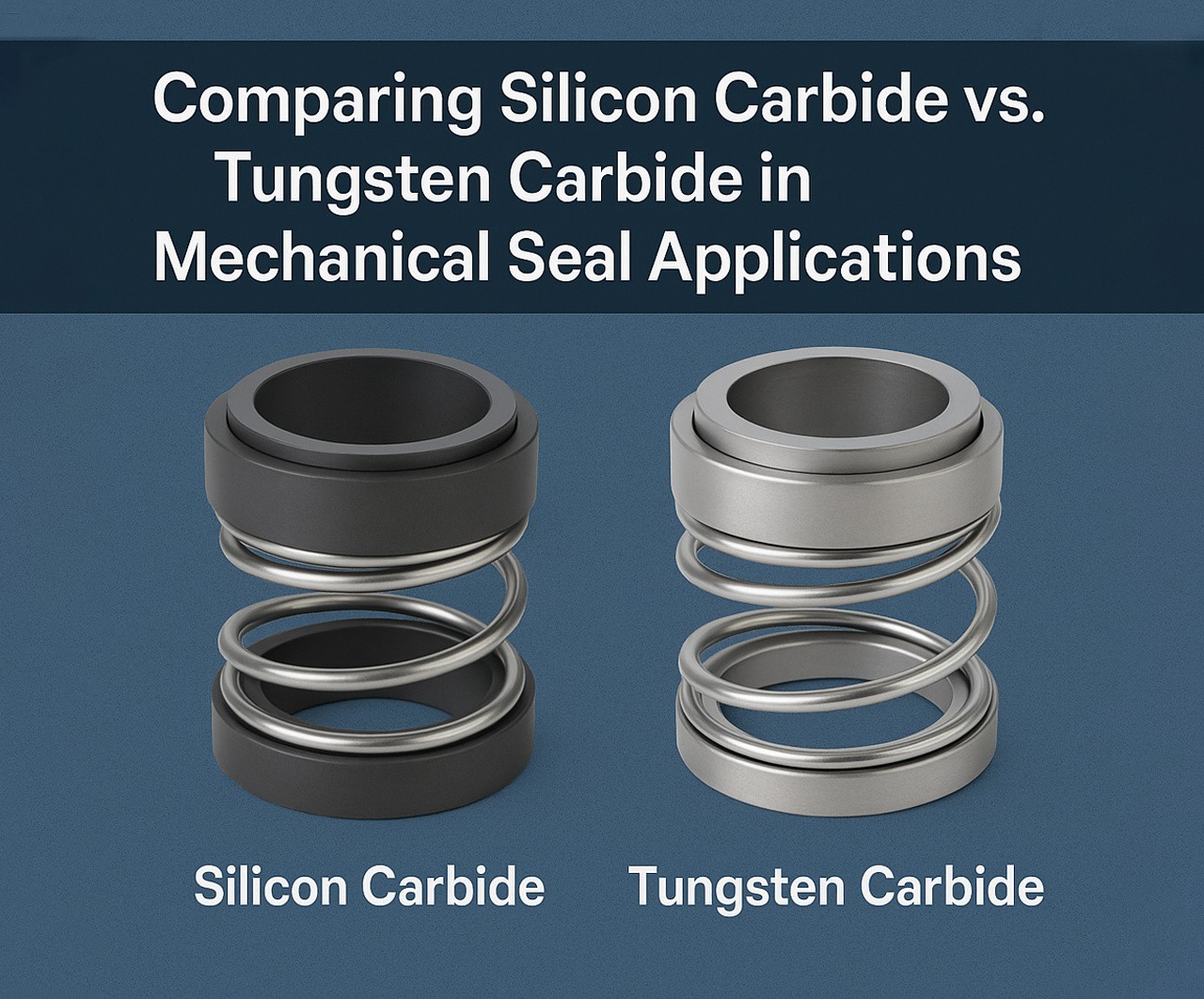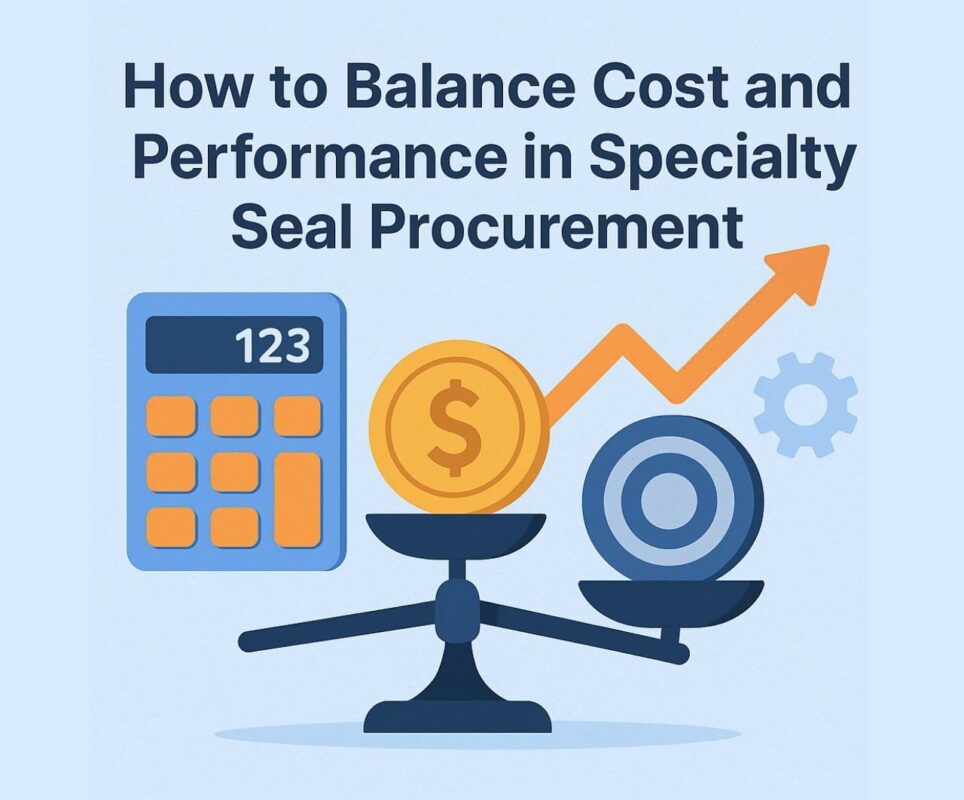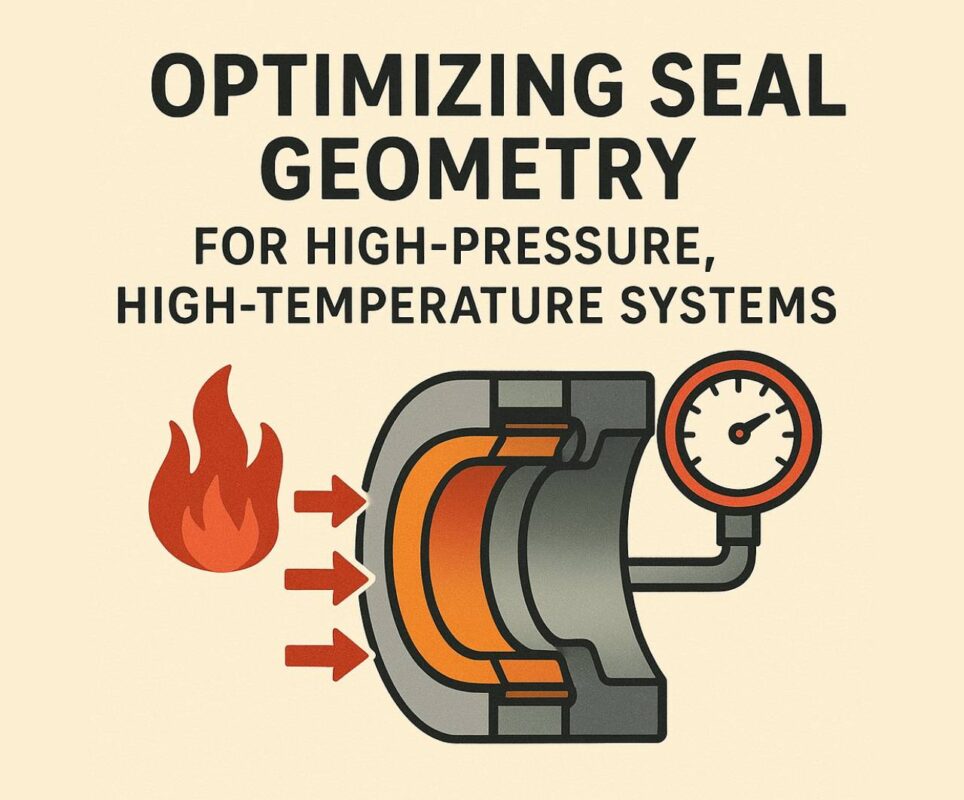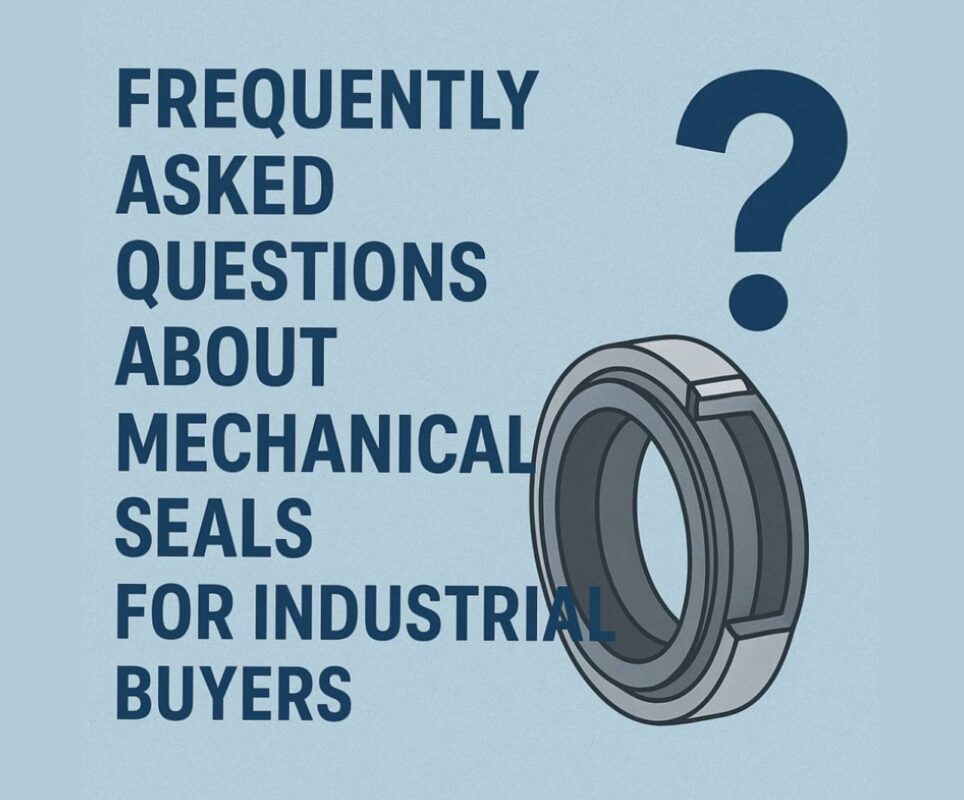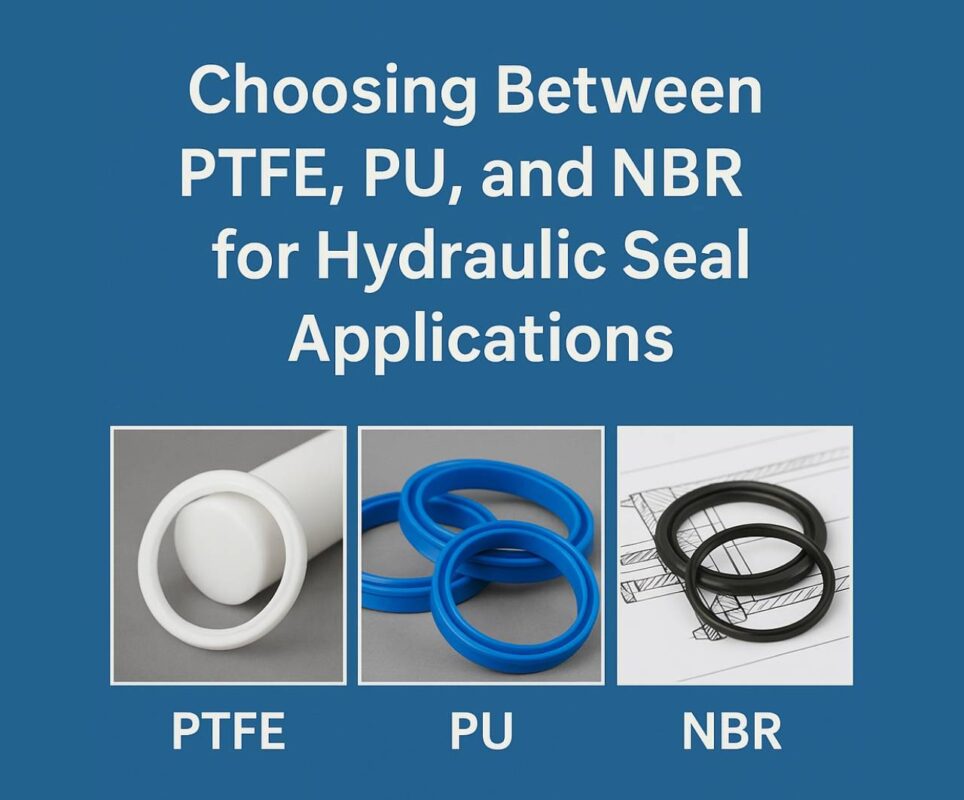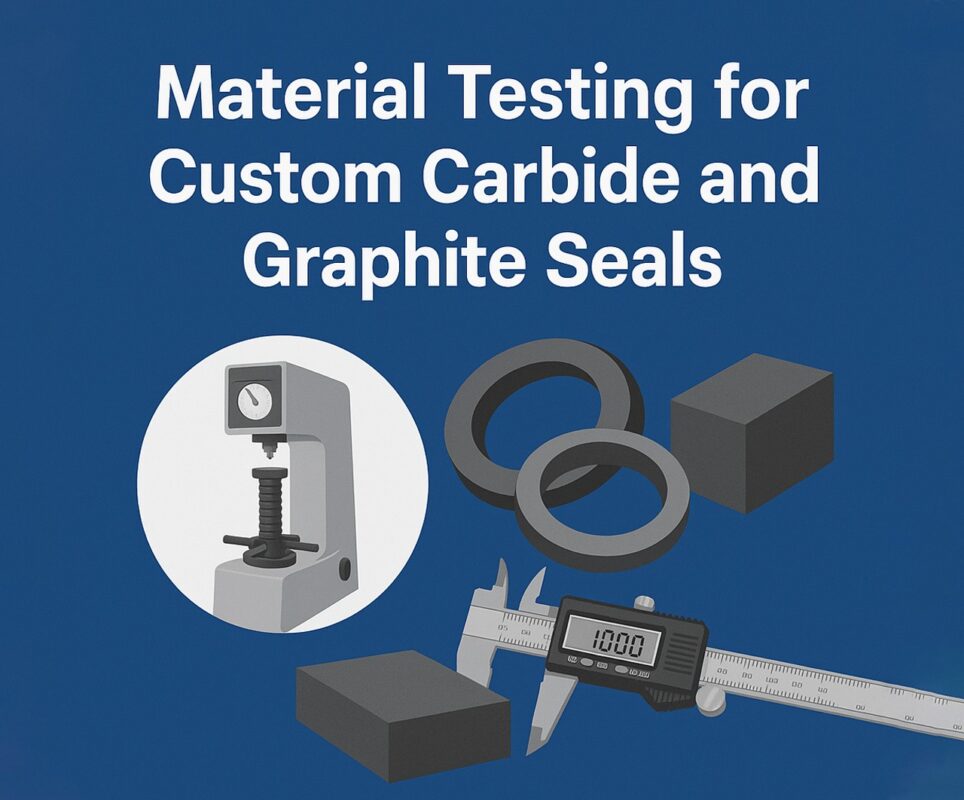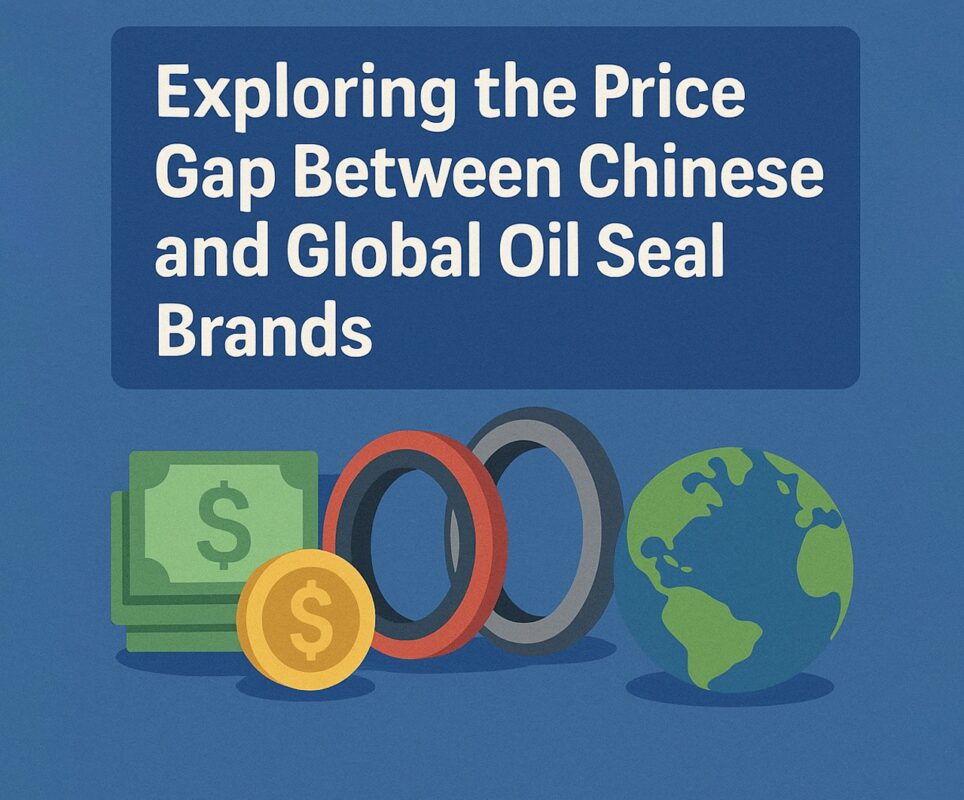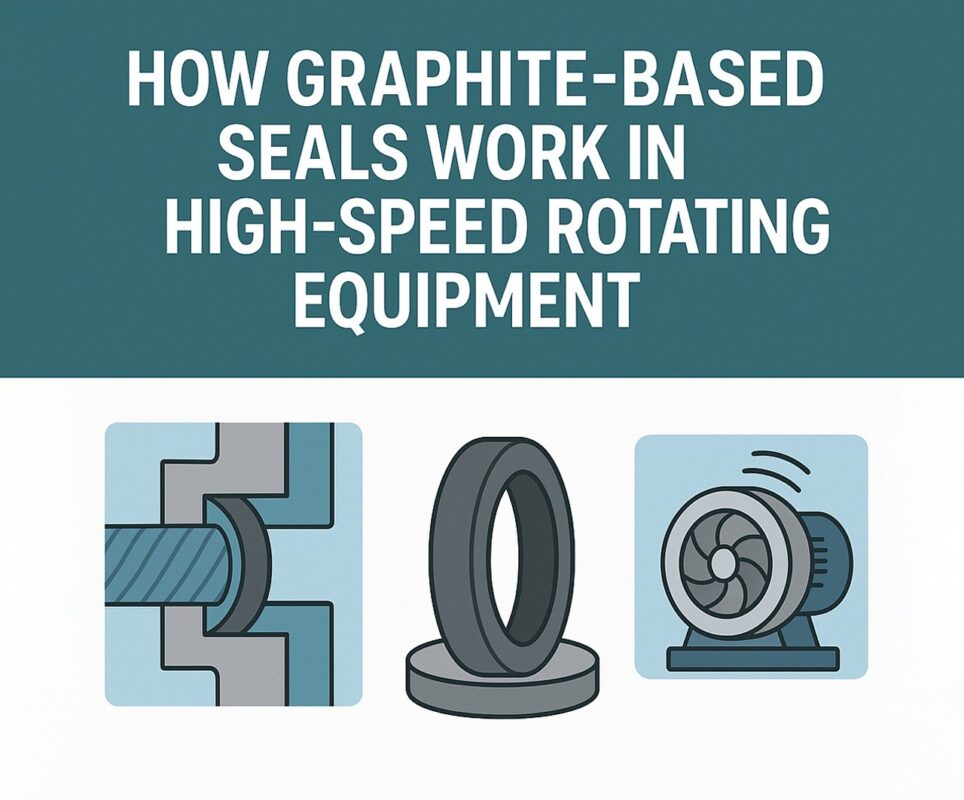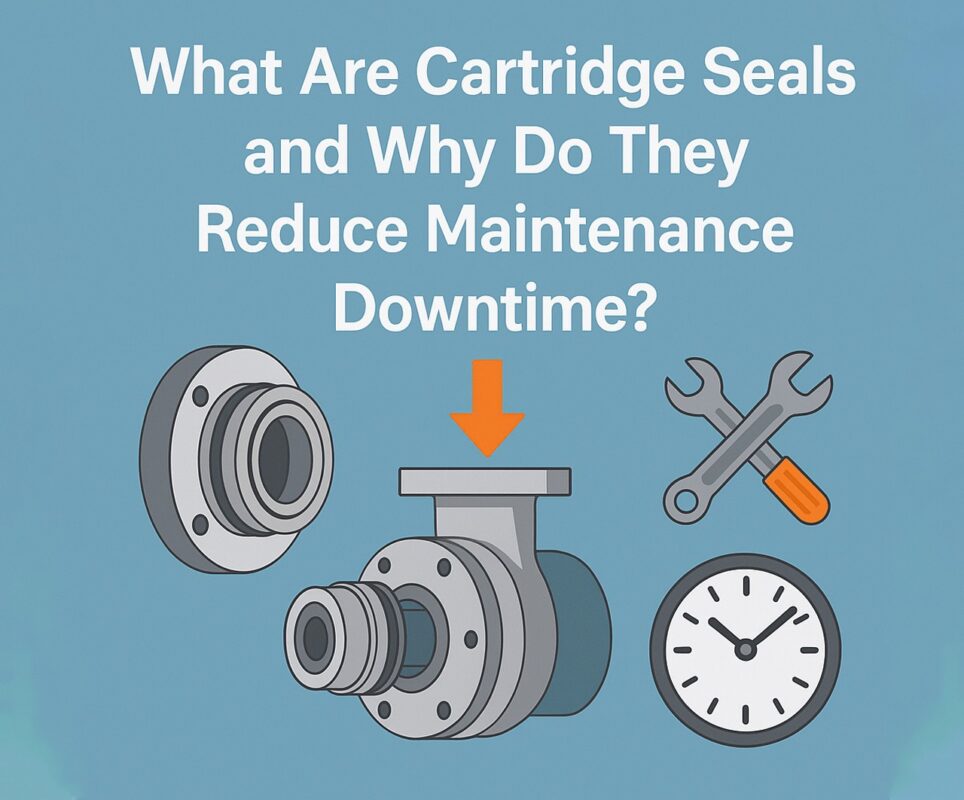Choosing the right material for a mechanical seal can significantly affect a pump’s performance, longevity, and maintenance cycle. Two of the most widely used materials in industrial sealing are silicon carbide seal rings and mechanical seal tungsten carbide components. With increasing demand for durable and chemically resistant sealing solutions, silicon carbide pump seals have also gained popularity across sectors like oil & gas, chemical processing, water treatment, and more.
In this article, we’ll explore the key differences between these two materials, assess their performance in various applications, and provide insights into which material best suits your system’s specific demands. Know more..
Understanding the Basics: Why Material Matters
Mechanical seals are used to prevent leakage between a rotating shaft and stationary housing. The seal face material is arguably the most critical component, as it directly interfaces with the process fluid, shaft speed, pressure, and temperature.
That’s why silicon carbide seal rings and mechanical seal tungsten carbide parts are such essential innovations. These advanced materials outperform traditional carbon or stainless-steel faces in terms of wear resistance, chemical stability, and temperature tolerance.
But which one is better? The answer depends on your operating environment, fluid type, and maintenance strategy.
What Are Silicon Carbide Seal Rings?
Silicon carbide seal rings are made from either sintered or reaction-bonded silicon carbide. Both forms are extremely hard ceramic materials designed to offer excellent abrasion and corrosion resistance.
Key Features:
- Hardness near that of diamond
- Excellent chemical resistance
- High thermal conductivity
- Low coefficient of friction
- Lightweight compared to metal seals
Best Use Cases:
- High-speed pumps
- Corrosive environments
- Abrasive slurry systems
- Clean water and wastewater applications
Silicon carbide pump seals are particularly effective in applications where fluid contamination is a concern or where dry-running conditions might occur temporarily.
What Is Mechanical Seal Tungsten Carbide?
Mechanical seal tungsten carbide components are made from a composite of tungsten and carbon atoms, sintered with a metal binder like cobalt or nickel. This gives tungsten carbide seals a tough, metallic structure capable of withstanding shock and vibration.
Key Features:
- High toughness and impact resistance
- Moderate chemical resistance
- Very high density
- Durable under harsh mechanical stress
- Lower thermal conductivity than silicon carbide
Best Use Cases:
- Mining and slurry applications
- Petroleum and drilling systems
- Paper and pulp industries
- High-load, abrasive environments
Tungsten carbide is a preferred choice where seals face mechanical abuse rather than chemical corrosion.
Silicon Carbide Pump Seals: When to Choose
Silicon carbide pump seals offer unmatched performance when chemical exposure, temperature fluctuations, and wear resistance are major concerns.
Advantages:
- Suitable for aggressive chemicals and solvents
- Prevents seal face warping due to high temperatures
- Lapped to extreme flatness for tight sealing
- Compatible with water, acids, caustics, and organic solvents
Disadvantages:
- Brittle—can fracture under impact
- More expensive than basic seal materials
- Less tolerant of shaft misalignment
Mechanical Seal Tungsten Carbide: When to Use It
Mechanical seal tungsten carbide components excel in situations where the risk of physical damage or abrasion is higher than chemical attack.
Advantages:
- Stronger under mechanical stress
- Resists chipping and cracking from vibration
- Lower cost than some ceramics
- Excellent for abrasive fluids like sludge and slurry
Disadvantages:
- Weaker against chemical corrosion (especially with cobalt binder)
- Heavier—adds load to rotating assemblies
- Lower temperature tolerance compared to silicon carbide
Head-to-Head Comparison
| Property | Silicon Carbide Seal Rings | Mechanical Seal Tungsten Carbide |
| Hardness | Extremely high | Very high |
| Impact Resistance | Moderate (brittle) | Excellent |
| Chemical Resistance | Excellent | Good (varies with binder) |
| Wear Resistance | Excellent | Excellent |
| Density | Lower (lightweight) | Higher (dense and heavy) |
| Temperature Tolerance | High (>600°C) | Moderate to high (~400–500°C) |
| Dry Running Capability | Better than tungsten carbide | Risk of overheating |
| Typical Applications | Chemical, clean water, food-grade | Slurry, mining, drilling, abrasive fluids |
Cost Considerations
Cost is always a deciding factor in seal selection. Silicon carbide seal rings are generally more expensive due to the complexity of manufacturing and the purity required for sintering. However, they often provide longer service life, reducing total cost of ownership in critical systems.
Mechanical seal tungsten carbide, while often more affordable, can become more costly over time if exposed to corrosive chemicals, leading to early failures or performance issues.
Maintenance and Service Life
- Silicon Carbide: Known for minimal wear, long intervals between servicing, and excellent dry-run tolerance. However, handling during installation must be careful due to brittleness.
- Tungsten Carbide: Can handle rough installation and abuse but may require more frequent inspection in chemically aggressive systems.
When paired with the right counterface (carbon, resin, or another carbide), both materials can easily reach service lives of 10,000+ hours in the right conditions.
Pairing With Counterfaces
Proper seal performance also depends on the material paired with the main sealing face. Here are some ideal matches:
- Silicon carbide seal rings vs. carbon: Excellent wear balance, minimal heat
- Silicon carbide pump seals vs. silicon carbide: Hard vs. hard—good for clean fluids
- Mechanical seal tungsten carbide vs. carbon: Excellent for high-load situations
- Tungsten carbide vs. tungsten carbide: Ideal for slurry and abrasive systems
Be aware: pairing hard materials together increases the risk of scoring or cracking unless the system is exceptionally well-lubricated and aligned.
Innovations in Mechanical Seal Materials
The future of sealing is evolving. Manufacturers are exploring advanced coatings and hybrid technologies that combine the best of both materials.
Examples:
- DLC coatings (diamond-like carbon) on silicon carbide seal rings for improved wear resistance
- Nickel-bonded tungsten carbide for better corrosion resistance
- Composite seals that combine PTFE or elastomers with hard-face rings
- Smart seals embedded with sensors for temperature and vibration monitoring
These innovations can help extend the working life of both mechanical seal tungsten carbide and silicon carbide pump seals in more aggressive or complex environments.
How to Choose: Key Considerations
Before selecting a sealing material, ask yourself:
- What is the process fluid?
- If it’s acidic, caustic, or chemically aggressive → Go with silicon carbide seal rings
- Is the fluid abrasive or contains solids?
- Choose mechanical seal tungsten carbide for abrasion resistance
- Is shaft misalignment common or are there frequent impacts?
- Tungsten carbide tolerates mechanical abuse better
- Are you dealing with high speed and pressure fluctuations?
- Silicon carbide pump seals offer better heat dissipation and low-friction sealing
- Is dry running a risk?
- Silicon carbide handles short-term dry runs better than tungsten
Final Thoughts
Choosing between silicon carbide seal rings and mechanical seal tungsten carbide components isn’t just about one being “better” than the other—it’s about application fit. If you’re managing a high-speed chemical process or clean water system, silicon carbide pump seals are likely your best option. On the other hand, for rugged, abrasive, or physically demanding environments, mechanical seal tungsten carbide materials provide the toughness and durability needed.
Carefully evaluate your operating conditions, fluid characteristics, and system demands before making a decision—and if possible, consult with your seal manufacturer or engineer to tailor the right solution for your pump or rotating equipment.

